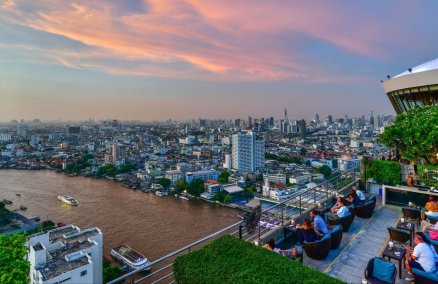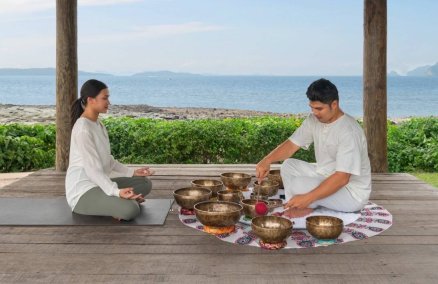Khao Yai? Too touristy. Huai Kha Khaeng? Too far. Khao Sok? Too flooded. Kui Buri? Too simple. Thailand’s abundance of national parks can seem at first a bit dizzying, but for those who care about the wildlife experience, Kaeng Krachan is the best option, bar none.
Some might know Kaeng Krachan for its landed rice barges at the plush Kaeng Krachan Boathouse or perhaps the touristy (and very fun) rapids of the Phetchaburi. But there is an honest-to-goodness wildlife safari experience to be had here for those looking to get their boots dirty.
Where to Go
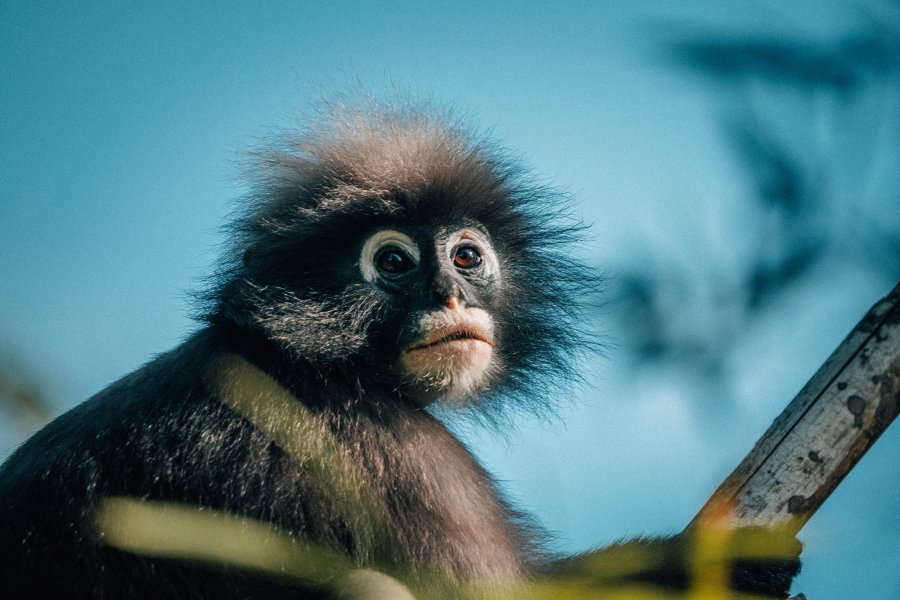
To start, the first entrance for Kaeng Krachan is only about two and a half hours from Bangkok. This is where you’ll find the slightly touristy eponymous lake and the swimming monkeys. However, if you keep on going to the more southerly entrance at Kaeng Krachan Protection Unit KBR 2, this is where things get properly wild.
Kaeng Krachan is newly Unesco-ed and Thailand’s second largest national park, so there is plenty to explore. But for the safari, you’ll need to drive—or hike if you’ve got the mettle—the hours-long rough road up to Phanoen Thung Camp.
What to Do

Tourists give Kaeng Krachan’s mountain roads a miss for one reason: It’s bloody difficult. You are going to need either a guide or a 4x4 and experience with extreme roads. There's more than one wrecked, abandoned truck on the way up, and you can just forget about going in the wet season.
Along the way you’ll find gibbons and grey langurs galore in the early morning, along with a preponderance of hornbills, bee eaters, and photogenic birds of every shade. For the photographers among you, the trees are ancient and tall, so 300mm is the absolute minimum. Other animals creep through the dark forests here, and, with the right guide, you might even have the rare chance to spot a clouded leopard or, who knows, even a panther.
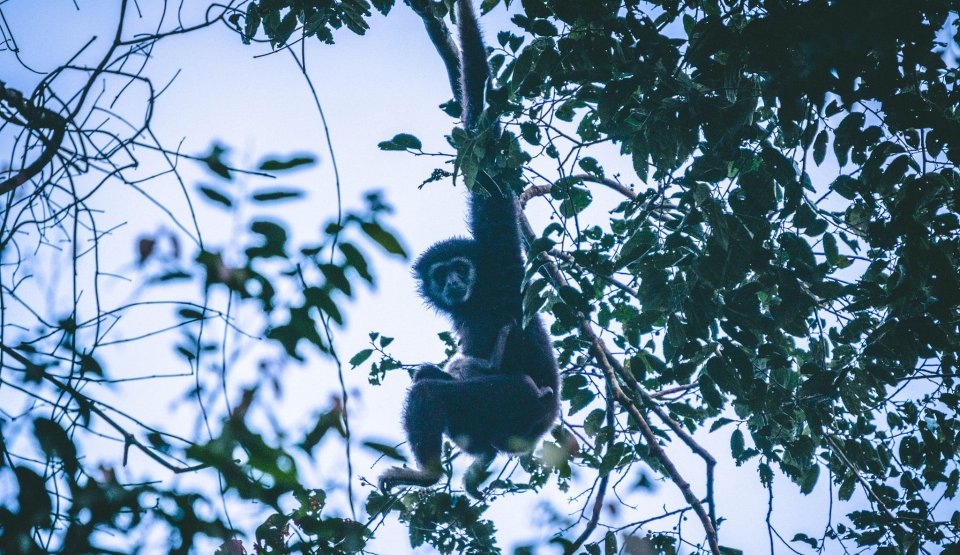
You’re unlikely to stumble upon any elephants here, but from the foggy mountain views at the top of Phanoen Thung Camp you’ll find a habituated sun bear that visits scraps thrown away by the camp concession area.
For you, likely, this will be the end of the line, but you’ll notice that this is where their trip begins for hardcore hikers on their way to Tho Thip Waterfall and other hidden spots.
This section of the park is for the adventurous and dedicated, but as any wildlife lover will tell you, nature guarantees nothing. If you absolutely must get a glimpse of animals ethically, Wildlife Friends Foundation of Thailand is less than half an hour away.
Where to Stay

There’s no reason you can’t stay somewhere near the river or lake and drive down later, but—assuming you’re not camping—it should be Baan Maka Nature Lodge.
Bird blinds are found throughout the property. There’s a small lake for a bit of kayaking. The rooms are affordable in the extreme. It’s a one-stop shop. Here, you’ll find guides to take you up the mountain, drongos on the branches, odd insects galore, and visiting creatures from the surrounding grounds milling around the property.
But, and this is truly the only remarkable thing, it is run by a staff who actually give a damn about wildlife. And that is, frankly, a rarer find than tigers.
Similarly, Baan Maka Nature Lodge provides an astounding night walking safari through the grounds for a spot of herping and, if you’re lucky, a slow loris climbing silently through the trees. Keep your head on a swivel and look for the tell-tale red of their reflective eyes.
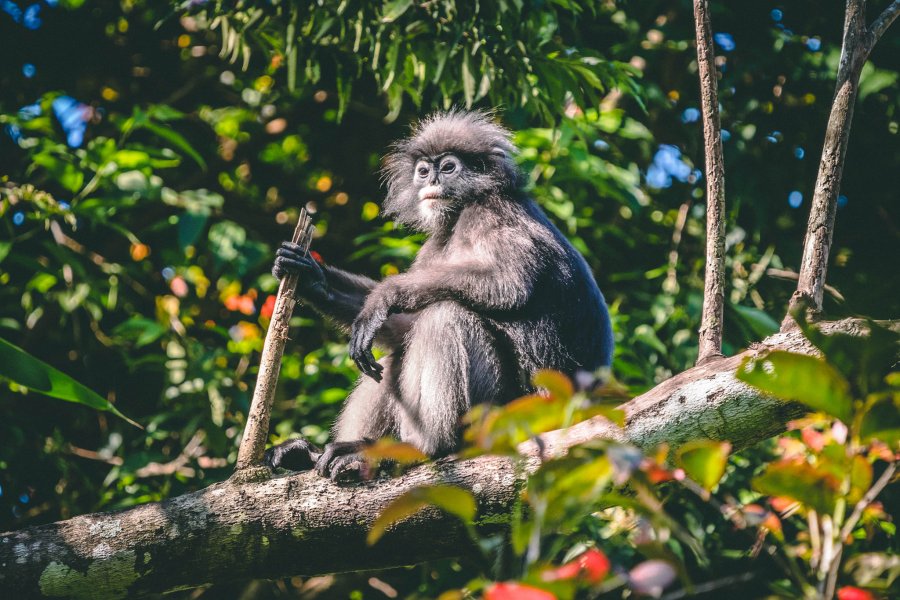
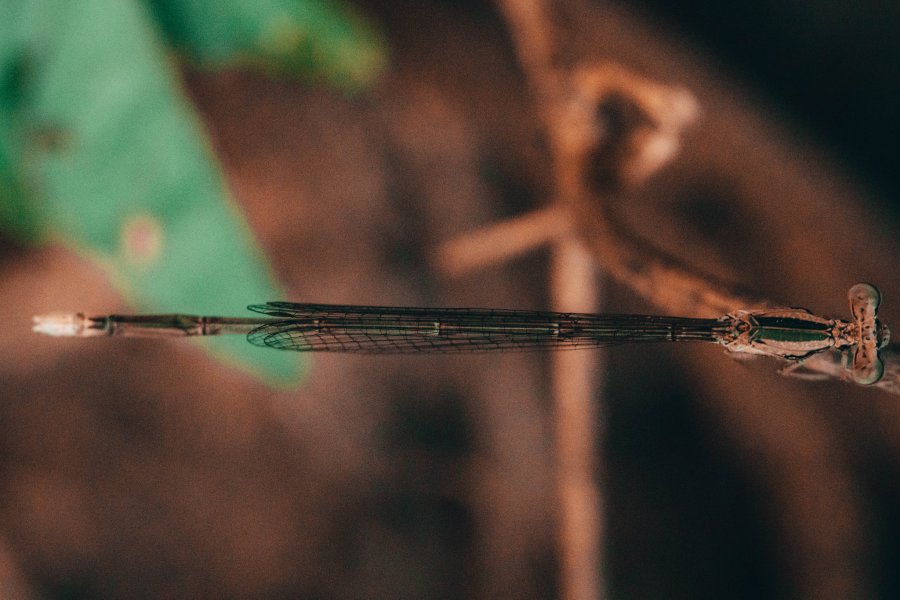

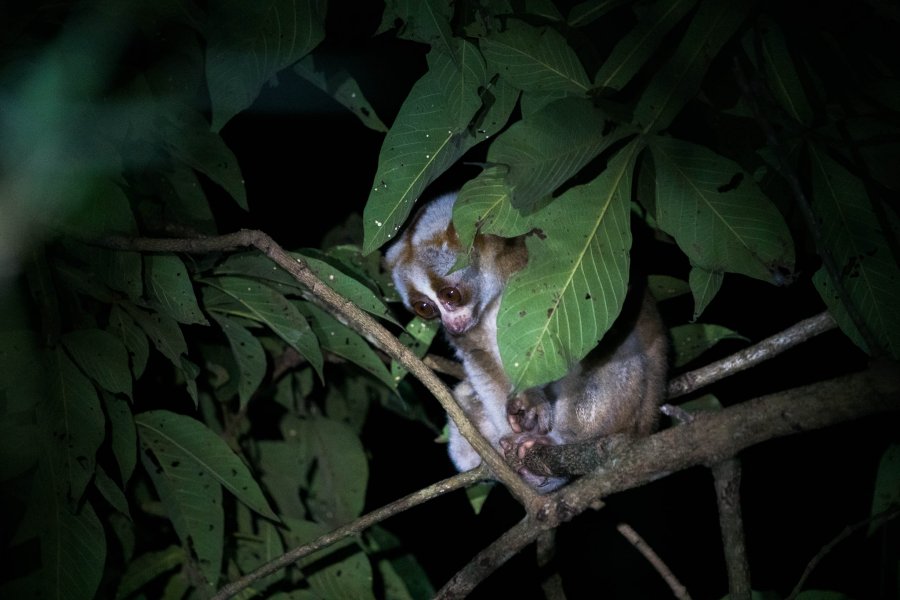

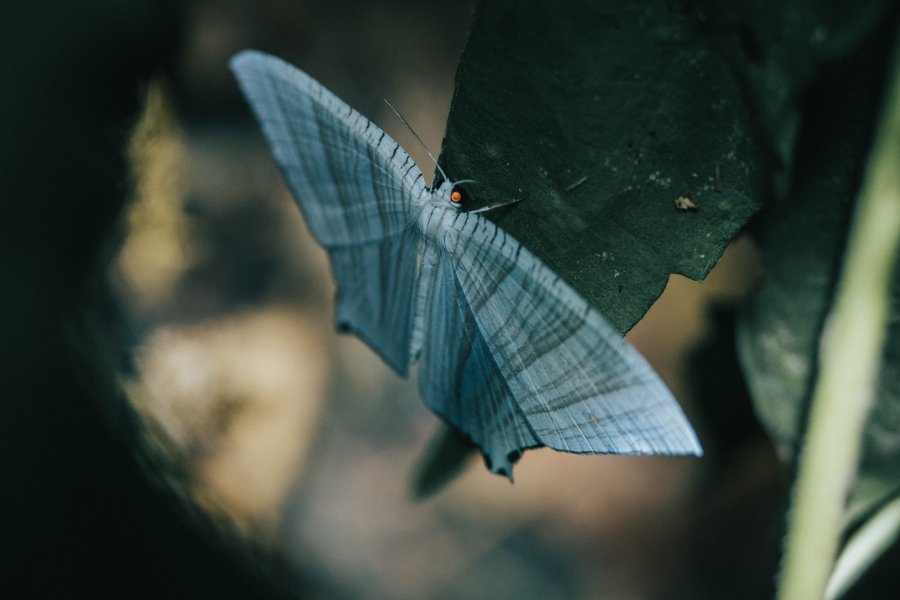
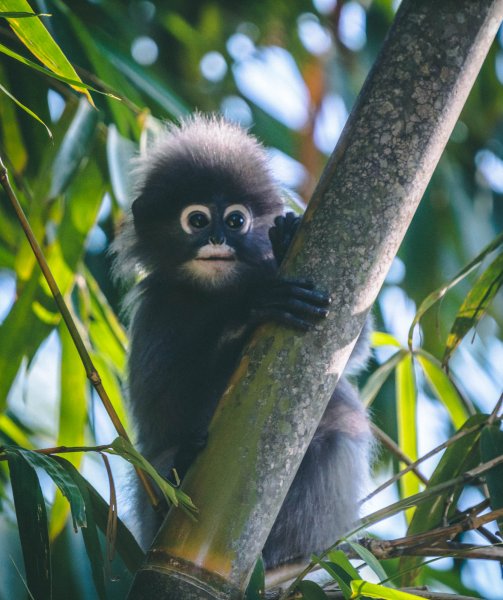
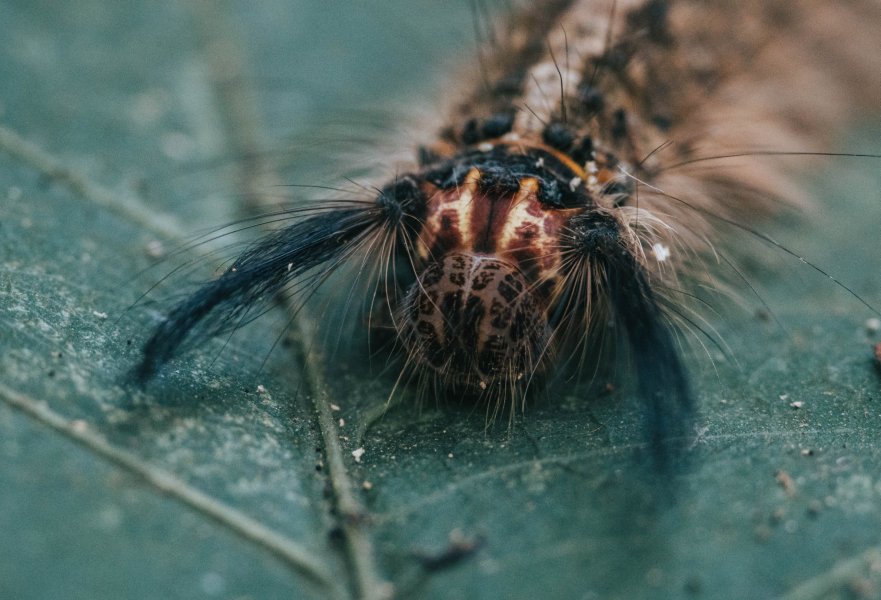
Advertisement











